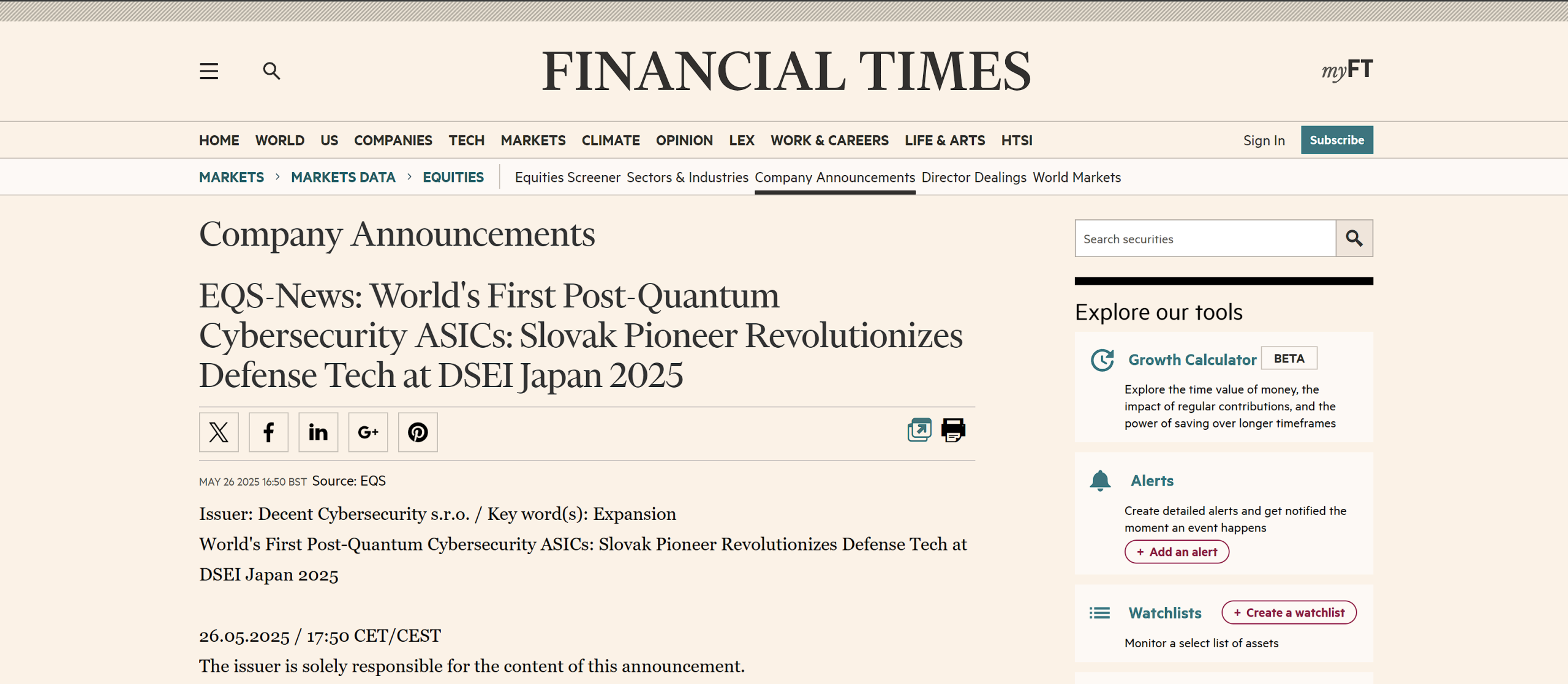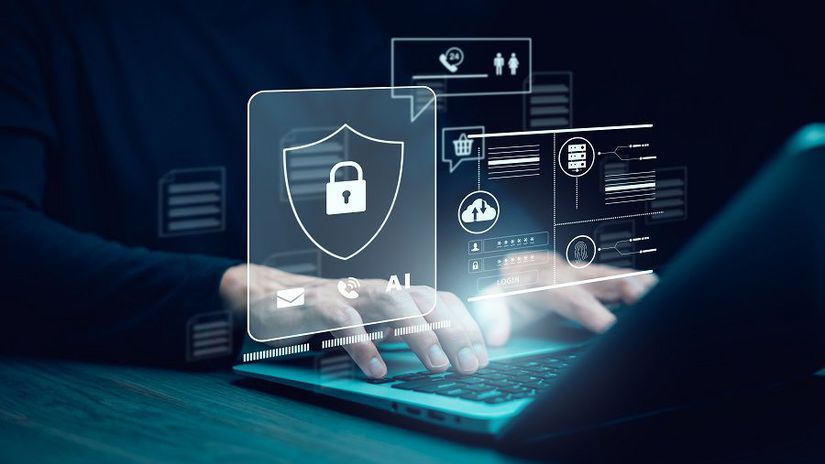In an era marked by rapid technological advancements and evolving cyber threats, the security of critical infrastructure—the backbone of a nation’s economy, security, and health—has never been more paramount. With the advent of quantum computing, traditional cryptographic security measures are facing an unprecedented challenge, potentially exposing critical infrastructure to new levels of cyber threats. This article delves into the significance of post-quantum cybersecurity in safeguarding the critical infrastructure from the looming quantum threat, ensuring its integrity, resilience, and the continuity of essential services.
Understanding Critical Infrastructure Vulnerabilities
Critical infrastructure, encompassing sectors such as energy, telecommunications, transportation, and healthcare, forms the bedrock of societal and economic functions. However, the increasing digitization and interconnectivity of these systems, while beneficial, also introduce complex cybersecurity challenges. The advent of quantum computing exacerbates these challenges, as it threatens to undermine the cryptographic frameworks that currently protect critical data and communications.
The Quantum Threat to Current Cryptographic Standards
Quantum computers, with their ability to solve complex mathematical problems much faster than classical computers, pose a significant threat to traditional encryption methods. Public key cryptographic systems, which secure a vast majority of digital communications, are particularly vulnerable. The potential of quantum computers to break these systems could expose critical infrastructure to unprecedented risks of data breaches, espionage, and sabotage.
The Imperative of Post-Quantum Cybersecurity
Post-quantum cybersecurity involves developing and implementing cryptographic algorithms that are secure against the capabilities of quantum computers. These algorithms are based on mathematical problems that are believed to be resistant to quantum attacks. Integrating post-quantum cryptography into the security architecture of critical infrastructure is crucial to mitigate the risks associated with quantum computing and to protect the confidentiality, integrity, and availability of essential services.
Challenges in Implementing Post-Quantum Cryptography
Transitioning to post-quantum cryptographic solutions involves significant challenges. It requires not only the development of new algorithms but also comprehensive testing and standardization to ensure their effectiveness and interoperability. Moreover, updating the cryptographic infrastructure of critical systems is a complex process, fraught with technical, operational, and logistical challenges.
Strategic Approaches to Post-Quantum Security in Critical Infrastructure
To address the quantum threat, a strategic and proactive approach is essential.
This involves:
Risk Assessment
Identifying and assessing the quantum-related vulnerabilities in critical infrastructure systems.
Research and Development
Investing in the research and development of robust post-quantum cryptographic algorithms.
Standardization
Collaborating with academic, industry, and government bodies to develop and standardize post-quantum cryptographic solutions.
Implementation
Strategically planning and executing the integration of post-quantum cryptography into existing infrastructure, ensuring minimal disruption to services.
Continuous Monitoring and Adaptation
Regularly monitoring the threat landscape and adapting the cybersecurity measures to counter emerging threats and vulnerabilities.
The Role of Government and Industry Stakeholders
Protecting critical infrastructure from the quantum threat is a shared responsibility. Governments, along with industry stakeholders, must collaborate to establish policies, guidelines, and incentives that promote the adoption of post-quantum cryptography. This includes fostering a culture of cybersecurity awareness, providing resources for research and development, and creating a regulatory framework that supports and guides the secure transition to post-quantum cryptographic solutions.
Conclusion
As society becomes increasingly reliant on critical infrastructure for essential services, the urgency to protect these assets from sophisticated cyber threats, particularly those posed by quantum computing, cannot be overstated. The integration of post-quantum cybersecurity measures is a crucial step in fortifying the foundation upon which our modern world operates. By anticipating and preparing for the quantum future, we can ensure the resilience, security, and continuity of the critical infrastructure that underpins national security, economic prosperity, and the well-being of society.







